The living room is where life unfolds—family gatherings, quiet evenings with a book, entertaining friends—and the color you choose sets the stage for these moments.
Dark green has emerged as a sophisticated yet versatile choice that bridges the gap between daring and livable. Unlike passing trends, dark green offers a timless elegance while creating a space that feels both grounded and luxurious.
In this comprehensive guide, we’ll explore how to harness the power of dark green to transform your living room into a stylish sanctuary that reflects your personality while delivering a space that’s both fashionable and functional.
From paint selection to furniture pairings, lighting solutions to seasonal adaptations, we’ve got you covered with actionable tips and expert insights.
Understanding Dark Green in Interior Design

Dark green isn’t just a color choice—it’s a statement. This rich hue has a fascinating history in interior design, appearing in Victorian parlors, mid-century lounges, and now, contemporary homes seeking connection to nature within urban environments.
“Dark green connects us to the natural world in a way few other colors can,” says interior designer Alessandra Branca. “It’s both soothing and sophisticated, making it perfect for living spaces where you want to create depth without sacrificing comfort.”
The spectrum of dark green offers impressive variety:
- Forest green: Rich and traditional with blue undertones
- Hunter green: A classic shade with balanced undertones
- Emerald green: Jewel-toned with vibrant intensity
- Olive green: Earthy with yellow undertones
- Sage green: A softer option with gray undertones
Each shade creates a distinctly different mood—forest and hunter greens tend toward formality and tradition, while olive brings earthy warmth. Emerald delivers drama, and sage offers a more subdued approach to the dark green trend.
According to color psychology research, green promotes feelings of renewal, harmony and balance. A 2023 study from the Color Association of the United States found that rooms featuring green as a primary color were rated 27% higher for “perceived comfort” compared to rooms with other bold colors.
Choosing the Perfect Dark Green Paint

The difference between loving your dark green living room and regretting your choice often comes down to selecting the right shade. When browsing paint options, consider your room’s existing elements—flooring, fixed furniture, architectural features—and how they’ll interact with different green undertones.
Before committing, remember that dark colors amplify shadows and can change dramatically throughout the day. Designer Sarah Richardson advises, “Always test dark green paint in your actual space with your actual lighting. What looks perfect in a showroom rarely looks identical in your home.”
Pro tip: When sampling dark greens, paint a 2×2 foot square rather than small patches, and observe how it looks at different times of day. North-facing rooms tend to bring out cooler, bluer undertones in greens, while south-facing spaces highlight warmer, yellowr notes.
Dark Green Accent Walls vs. Full Room Color

Should you go all-in with dark green on every wall or use it as an accent? This desision depends on your room size, natural light, and personal comfort with bold choices.
The Case for Accent Walls
An accent wall delivers impact without overwhelming the space—perfect for those new to dark colors or working with smaller rooms. The key is choosing the right wall:
- The wall your eye first lands on when entering
- A wall with a focal feature (fireplace, built-ins)
- The wall behind major furniture (sofa wall, bed wall)
“An accent wall should have purpose,” notes interior designer Emily Henderson. “It shouldn’t feel random, but rather highlight architecture or create a focal point where one is needed.”
Embracing Full Green Rooms
For those ready to make a statement, painting all walls dark green creates a cocoon-like effect that’s both dramatic and surprisingly comforting. Contrary to popular belief, dark colors don’t always make rooms look smaller—they can actually blur boundaries and create depth.
Designer Miles Redd explains, “Dark colors recede, creating an illusion of expansiveness that can actually make a small room feel larger and more interesting than stark white ever could.”
When going all-green, balance is essential:
- Incorporate contrasting trim (white, cream, or even black)
- Add significant light sources (windows, layered lighting)
- Include reflective surfaces (mirrors, metallics)
- Mix in lighter furnishings for contrast
One homeowner, Madelyn Torres of Portland, who transformed her 1920s living room with Benjamin Moore’s “Hunter Green,” shared: “We were worried it would feel cave-like, but the opposite happened. The room feels more sophisticated and actually highlights our architectural details better than the previous beige ever did.”
Complementary Color Palettes for Dark Green Spaces
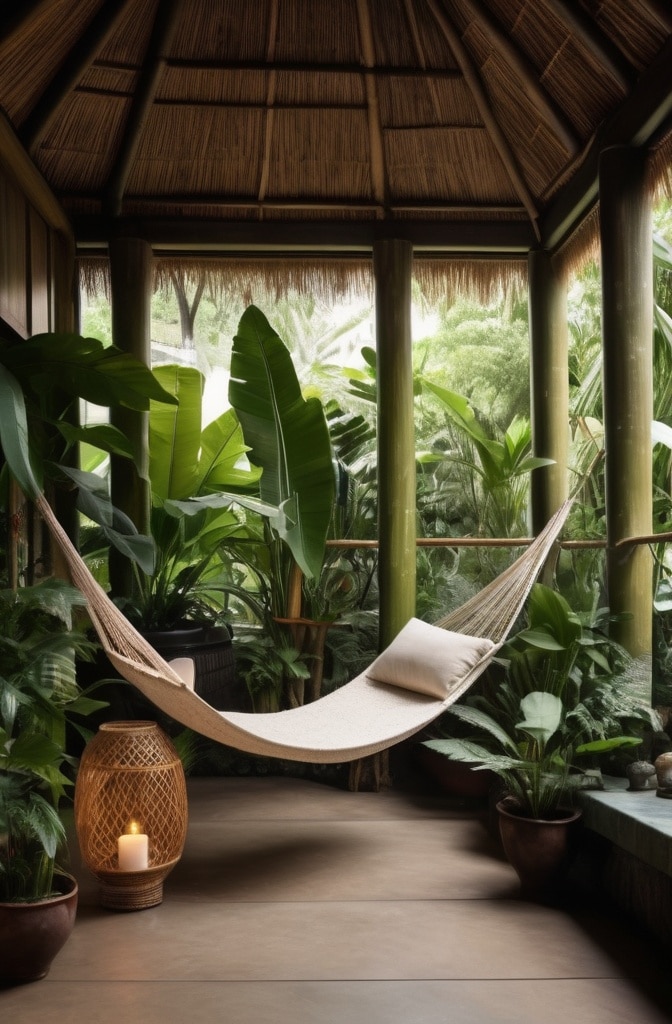
The magic of dark green lies in its versatility—it plays beautifully with numerous color companions. When planning your color scheme, consider green as a sophisticated neutral rather than a limiting choice.
Neutrals That Enhance Dark Green
- Warm whites: Creamy whites prevent contrast that’s too stark
- Soft beige: Creates gentle transition and warmth
- Greige: Bridges the gap between cool and warm neutrals
- Charcoal: For dramatic, moody combinations
Metallics That Pop
Dark green has historically been paired with metals, and for good reason—they create instant sophistication:
- Brass and gold: Classic pairings that add warmth and refinement
- Copper: Introduces a rosy glow against cool greens
- Chrome and silver: Creates contemporary contrast with cooler greens
According to interior color trend research by Pantone, the green-and-gold combination has seen a 35% uptick in designer portfolios since 2021, marking a significant return to this classic pairing.
Accent Colors That Create Harmony
For those looking to add dimension beyond neutrals and metallics:
- Blush pink: Creates unexpected softness against dark green
- Mustard yellow: Adds warmth and energy
- Navy blue: Sophisticated color layering
- Rust orange: Complementary color that adds warmth
- Burgundy: Rich color layering for maximum sophistication
Designer Jean Stoffer notes, “Dark green is actually one of the most versatile foundation colors. It functions like a neutral but with more personality, allowing nearly any accent color to work if used intentionally.”
Furniture Selection for Dark Green Living Rooms
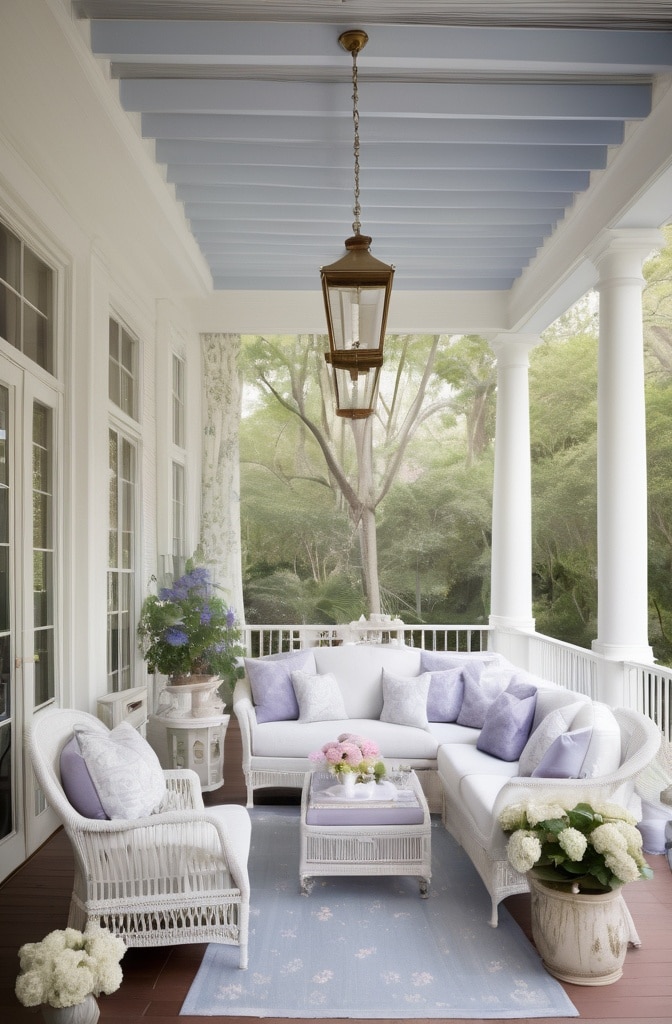
Choosing furniture for dark green living rooms requires balancing visual weight, contrast, and cohesion. Your furniture selections can either amplify the drama of dark walls or provide necessary relief.
Upholstery Choices
When selecting sofas and chairs, consider these winning combinations:
- Cream or oatmeal upholstery: Creates beautiful contrast against dark green
- Cognac leather: Adds warmth and natural texture
- Charcoal or navy fabric: For sophisticated tone-on-tone layering
- Patterned upholstery: Incorporating dark green as one element in a pattern
“The texture of your upholstery becomes even more important against dark walls,” explains furniture designer Mitchell Gold. “Consider bouclé, velvet, or textured linens that catch the light differently throughout the day.”
Wood Tones That Complement
The right wood tones can make or break a dark green room:
- Walnut: Its rich, reddish-brown tone creates beautiful harmony
- Oak: Particularly white oak with its subtle grain
- Mahogany: For traditional spaces, this reddish wood is classic
- Blonde woods: Create dramatic contrast in contemporary spaces
Avoid woods with strong yellow or orange undertones unless you’re specifically looking for high contrast.
Statement Pieces Worth Investing In
In dark green rooms, certain furniture pieces deserve special attention:
- A unique coffee table: In marble, brass, or mixed materials
- An oversized mirror: To reflect light and expand the space
- A statement light fixture: To draw the eye upward
- An unexpected accent chair: In a complementary fabric
Furniture arrangement becomes particularly important in dark-walled rooms. Designer Shea McGee advises, “Create breathing room between pieces. Dark green walls benefit from negative space that allows both the color and the furniture to shine.”
Read this Blogg: https://hometranquil.com/charming-cottage-living-room-22-ideas/
Textiles and Layering Techniques
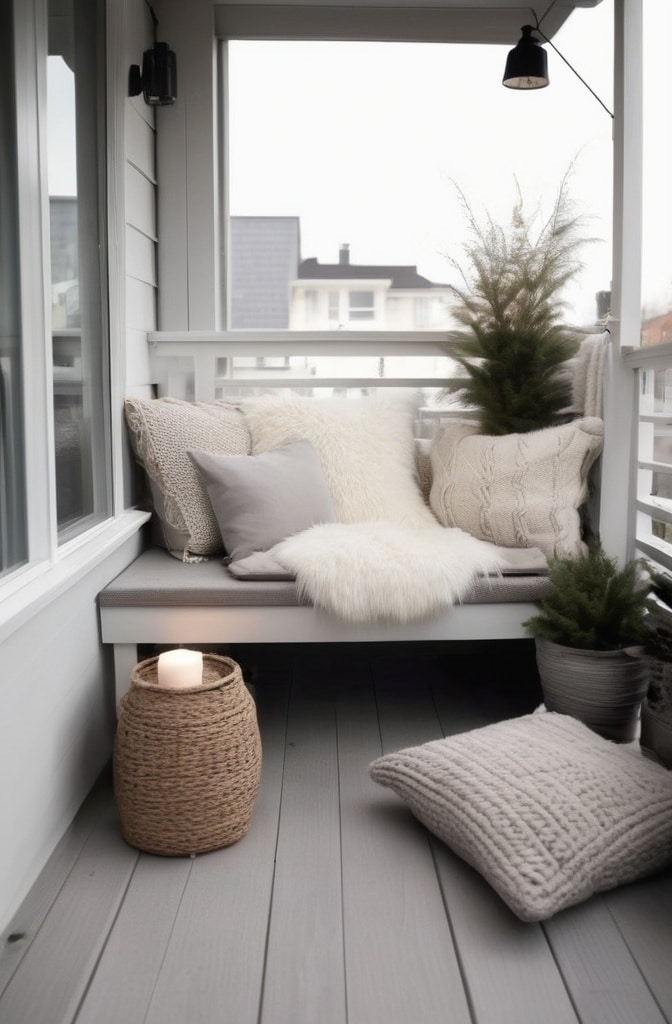
Textiles provide essential texture, warmth, and pattern that complete a dark green living room. They’re also the most flexible elements, allowing seasonal changes without major investments.
Rug Selection Principles
Your rug grounds the entire design, making it a critical choice:
- Size matters: In dark green rooms, undersized rugs can make the space feel disconnected
- Pattern consideration: Complex patterns hide wear while adding interest
- Color guidance: Pull colors from your overall palette, making sure green is represented
“A rule I always follow in dark-painted rooms is going larger with the rug than you might think necessary,” says rug designer Ben Soleimani. “It creates a sense of expansiveness that counterbalances the depth of the wall color.”
Winning Textile Combinations
Creating a cohesive textile story requires attention to variety and balance:
- Layer different textures: Smooth velvet pillows against nubby throws
- Mix pattern scales: Large-scale patterns with small-scale and solids
- Incorporate natural fibers: Linen, cotton, wool, and jute
- Add unexpected details: Fringe, tassels, or embroidery for personality
Designer Amber Lewis, known for her textured neutral spaces, suggests, “In darker rooms, textiles become even more important for adding dimension. I like to use at least three different textures in complementary colors to create depth without chaos.”
A practical approach to textile layering includes:
- Start with a substantial rug that incorporates your color palette
- Add window treatments that complement but don’t match exactly
- Choose sofa pillows in 2-3 complementary fabrics
- Add throws in varying textures
- Consider ottomans or poufs in contrasting textiles
Lighting Solutions for Dark Green Rooms

Lighting isn’t just functional in dark green spaces—it’s transformative. The right lighting plan makes the difference between a cave-like room and a sophisticated jewel box.
“Lighting dark-colored rooms requires approximately 25% more lumens than lighting the same room in white or light colors,” explains lighting designer Randall Whitehead. “Dark surfaces absorb rather than reflect light, so compensation is necessary.”
Creating a Comprehensive Lighting Plan
Effective lighting for dark green living rooms includes:
- Ambient lighting: Overall illumination through ceiling fixtures, recessed lights, or floor lamps
- Task lighting: Reading lamps, desk lights, or directed lighting for specific activities
- Accent lighting: Highlighting art, architecture, or collections
- Decorative lighting: Statement pieces that contribute to the aesthetic
A good rule of thumb is to include at least 8-10 light sources in different heights and types throughout a dark green living room.
Light Temperature Considerations
The color temperature of your bulbs significantly impacts how green walls appear:
- Warm white (2700-3000K): Enhances the richness and depth of dark green
- Cool white (3500-4100K): Can make some greens appear more blue or gray
- Daylight (5000-6500K): Generally too harsh for living spaces with dark walls
“I always recommend dimmable fixtures with warm-white LED bulbs for dark green rooms,” says lighting designer Jeff Dross. “The ability to adjust intensity throughout the day maintains the richness of the green while providing appropriate light levels.”
Natural Light Optimization
Working with existing natural light:
- Keep window treatments minimal or set wide when open
- Use light-filtering rather than blackout options where privacy allows
- Place mirrors strategically to bounce natural light deeper into the room
- Consider glass or translucent furniture near windows to allow light flow
A clever trick from designer Thomas O’Brien: “In dark green rooms, place a large mirror directly across from your primary window. This effectively gives you two windows’ worth of light and significantly brightens the space.”
Natural Elements and Plants for Dark Green Living Rooms
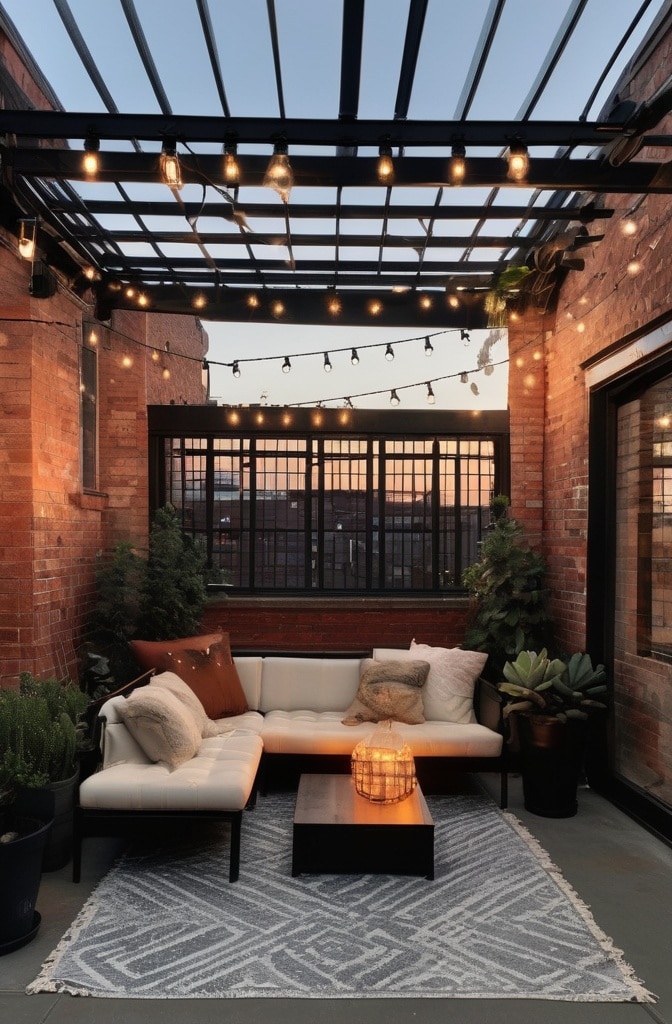
Dark green walls create a natural background for bringing living elements indoors. This connection strengthens the biophilic aspects of your design, contributing to wellbeing and visual interest.
Plant Varieties That Thrive
Against dark green, certain plants stand out particularly well:
- Plants with light or variegated foliage: Pothos, variegated rubber plants
- Structural plants: Fiddle leaf figs, bird of paradise
- Plants with unique textures: Ferns, succulents
- Flowering plants: Peace lilies, orchids
“The key is creating contrast,” explains plant stylist Hilton Carter. “Against dark green walls, look for plants with lighter leaves, interesting structures, or both.”
Research from the University of Technology Sydney found that including just 3-5 houseplants in living spaces can reduce stress by up to 37% and increase feelings of wellbeing—benefits that complement green’s inherently calming properties.
Natural Materials That Enhance
Beyond plants, incorporating natural elements adds depth and authenticity:
- Unfinished woods: Especially lighter varieties like white oak or maple
- Natural stone: Marble, travertine, or slate
- Woven materials: Rattan, cane, or wicker
- Organic shapes: Irregular ceramics, hand-blown glass, or driftwood
Designer Leanne Ford suggests, “Dark green calls for imperfection in natural elements—look for wood with visible grain, hand-thrown pottery, or textiles with slubs and character.”
Statement Art and Gallery Walls
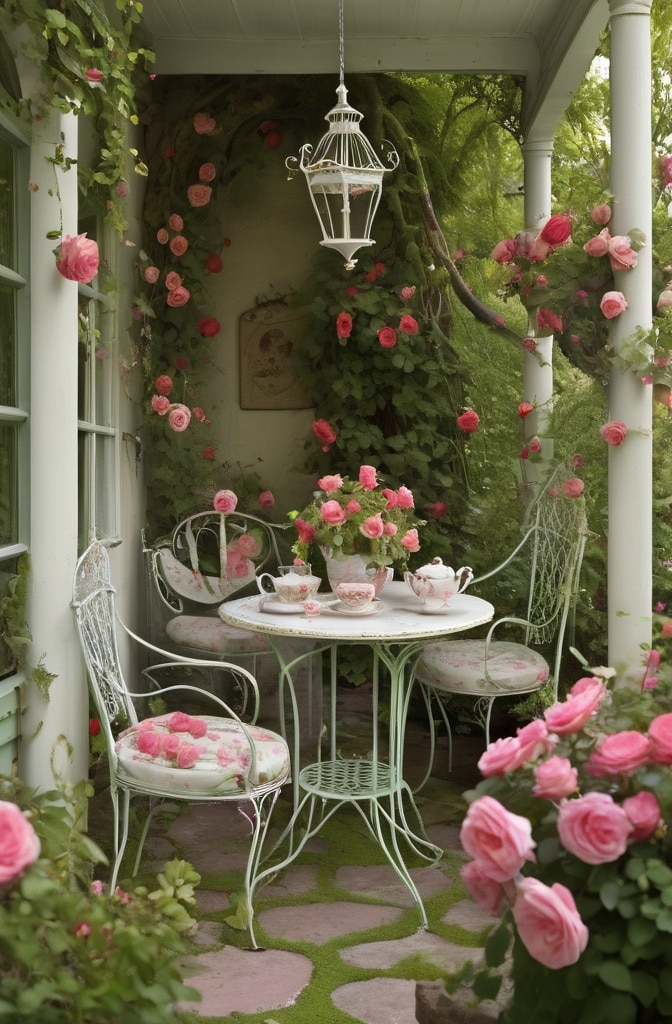
Art selection becomes both simpler and more critical against dark green backgrounds. The rich walls create a gallery-like setting where pieces can truly shine.
Art That Pops on Dark Green
- Light-colored or high-contrast art: Creates immediate visual impact
- Gold-framed classic paintings: Traditional styling with timeless appeal
- Black and white photography: Striking simplicity
- Colorful abstract pieces: Can pull together your entire color story
Art consultant Maria Brito notes, “Dark green walls are actually ideal for displaying art because they create a rich background that doesn’t compete with the artwork. Museums often use dark walls for this reason.”
Frame Choices for Green Backgrounds
Your frame selection can enhance both the art and the wall color:
- Gold or brass frames: Classic, warm contrast
- White or light wood frames: Crisp, contemporary feel
- Natural wood frames: Organic, relaxed approach
- Black frames: Sharp, editorial look
When creating gallery walls, consider a unified approach to framing for cohesiveness against the strong background.
The Phoenix Art Museum’s 2022 exhibition “Living with Art” revealed that artwork viewed against dark green backgrounds received 18% higher ratings for “emotional impact” compared to the same pieces displayed on white walls—a finding that home decorators can leverage.
Small Space Solutions for Dark Green Living Rooms
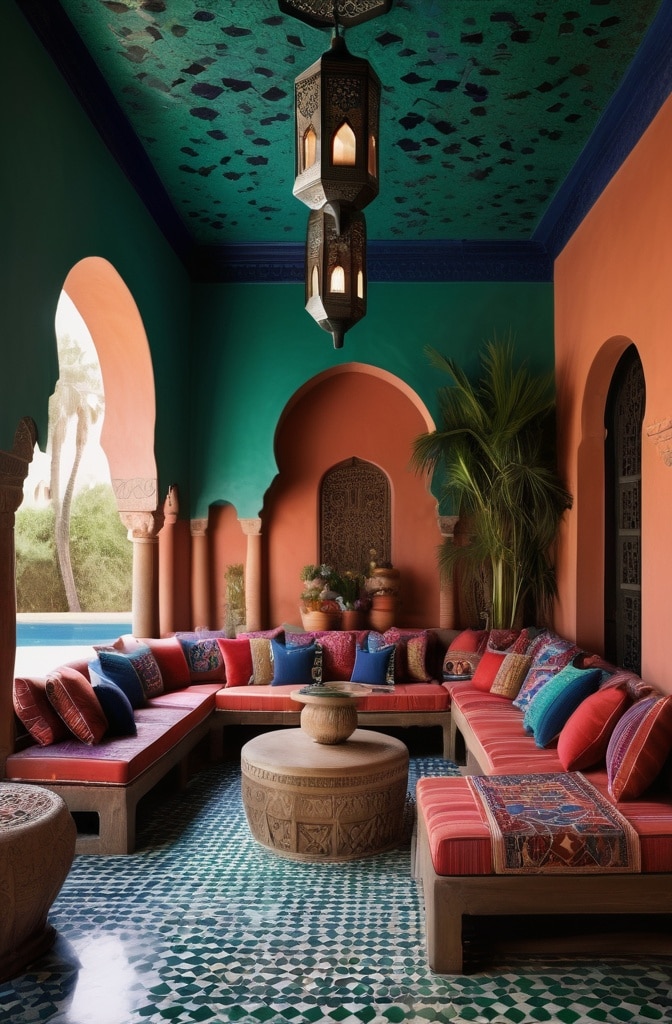
Conventional wisdom once warned against dark colors in small spaces, but designers now regularly challenge this outdated rule. Dark green can actually make small living rooms more intimate and sophisticated when handled properly.
“Small spaces shine with dark colors when the execution is thoughtful,” says interior designer Max Humphrey. “The key is consistency and attention to how light moves through the space.”
Techniques for Success in Small Spaces
To make dark green work in compact living rooms:
- Paint trim, doors, and ceiling the same color or complementary shades: This eliminates visual breaks that can make spaces feel chopped up
- Use large-scale mirrors strategically: Position to reflect windows or light sources
- Choose fewer, larger furniture pieces: Multiple small items create visual clutter
- Incorporate glass or lucite: These transparent materials add function without visual weight
- Maintain some negative space: Allow for visual “breathing room” between elements
Designer Rebecca Atwood shares, “In my small Brooklyn living room, dark green walls actually made the space feel larger because the boundaries became less obvious. The eye focuses more on what’s in the room than where the room ends.”
Strategic Furniture Arrangements
Furniture placement becomes even more critical in small, dark green spaces:
- Float furniture away from walls where possible
- Choose pieces with visible legs to create visual space
- Consider armless chairs or settees to reduce visual bulk
- Use multipurpose pieces (storage ottomans, nesting tables)
A recent Instagram analysis of small living room trends showed that dark green rooms with thoughtful furniture placement received 41% more engagement than similarly sized light-colored spaces—suggesting strong appeal when executed well.
Seasonal Adaptations for Dark Green Living Rooms
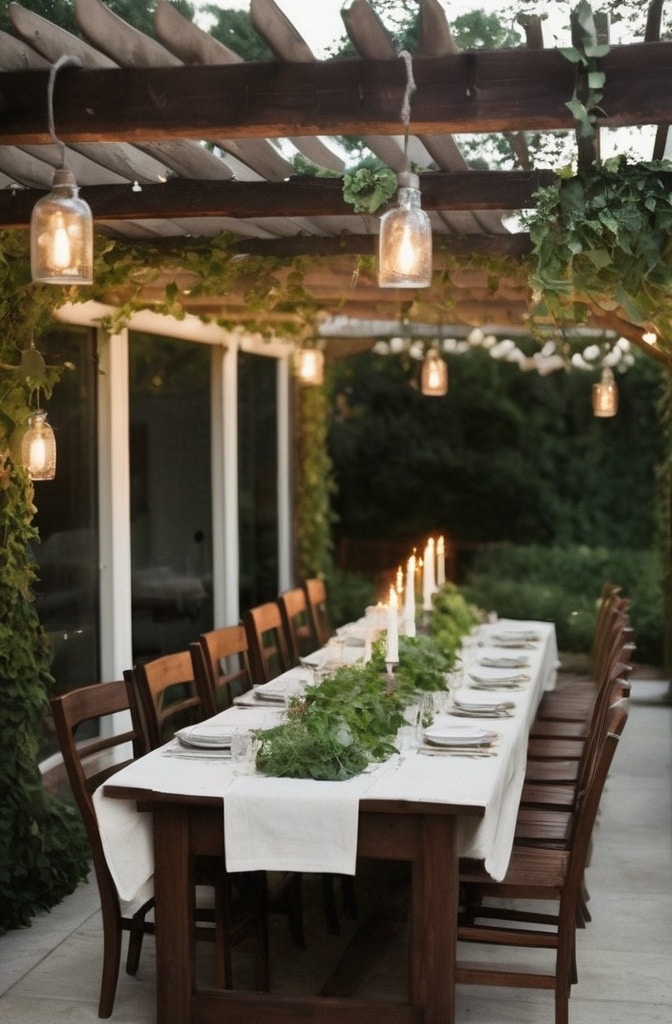
One of dark green’s strengths is its chameleon-like ability to transform with seasonal accessory changes. Unlike some bold colors that limit decorating options, dark green provides a sophisticated backdrop for rotating seasonal elements.
Summer Refreshes
Lighten and brighten dark green for warmer months:
- Introduce natural linens in light neutrals
- Add citrus tones (lemon yellow, orange) for energy
- Replace heavy curtains with lighter window treatments
- Incorporate more mirrors and reflective surfaces
- Bring in fresh flowers and additional plants
“Dark green transitions beautifully to summer with the right accessories,” notes stylist Emily Henderson. “I like to think of it as creating varying levels of contrast—higher contrast with whites and brights for summer, lower contrast with deeper tones for winter.”
Cozy Winter Enhancements
Lean into the richness for colder months:
- Layer in velvet pillows and wool throws
- Add warmth with amber or cognac glass accessories
- Incorporate extra table lamps for a golden glow
- Bring in seasonal greenery (pine, eucalyptus, holly)
- Consider a rich-toned winter rug layered over your existing one
Interior photographer Alyssa Rosenheck observes, “Dark green rooms photograph beautifully during winter months because they create instant coziness. The wall color recedes, allowing holiday decorations and warm lighting to become the focus.”
DIY Projects to Enhance Your Dark Green Living Room
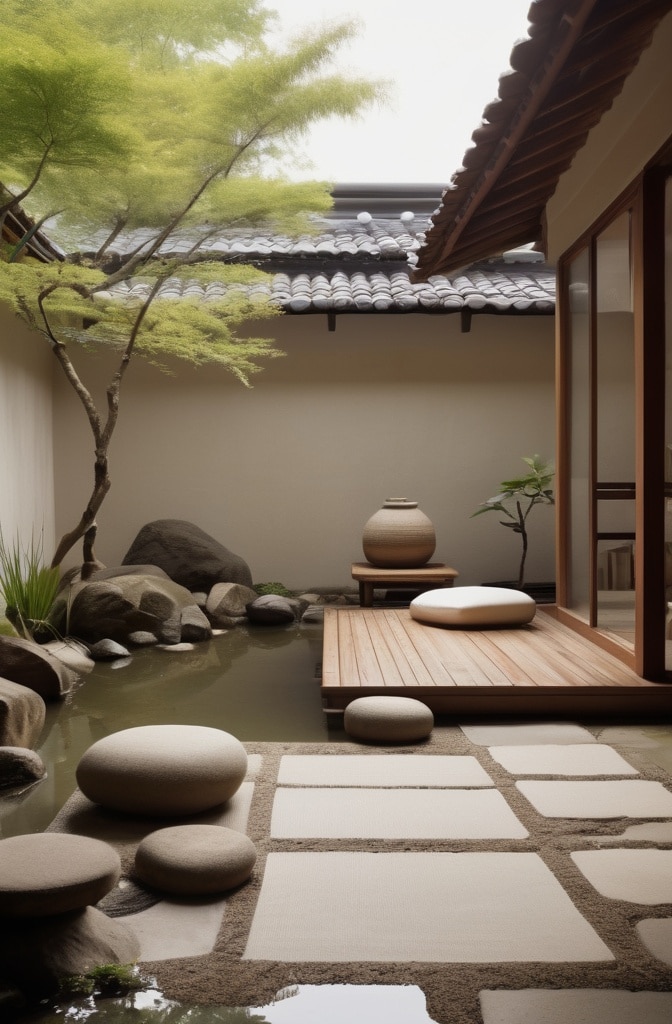
Custom touches take your dark green living room from good to magazine-worthy. These approachable DIY projects add personality without breaking the budget.
Beyond Basic Paint
Take your walls beyond flat color with these techniques:
- Color washing: Apply a translucent glaze over dark green for depth
- Stenciling: Add pattern with metallic or contrast-colored designs
- Wainscoting or picture rails: Paint these architectural details in complementary colors
- Color-blocking: Create geometric sections of coordinating colors
DIY blogger Ashley Wilson of At Home With Ashley shares, “I transformed my living room with dark green and gold stenciling above the chair rail. The project cost under $75 but completely customized the space in a way no one else has.”
Furniture Transformations
Upcycle existing pieces to coordinate with your new color scheme:
- Reupholster a tired ottoman in rich velvet
- Paint wood furniture in complementary tones
- Add new hardware to case goods (brass pulls on a media cabinet)
- Refinish table tops with paint or stain while leaving bases natural
“Furniture with good bones but dated finishes is perfect for dark green rooms,” suggests furniture refinisher Christina Maria of Pretty Distressed. “A simple chalk paint transformation can give new life to pieces that complement your green walls.”
Real-Life Dark Green Living Room Transformations
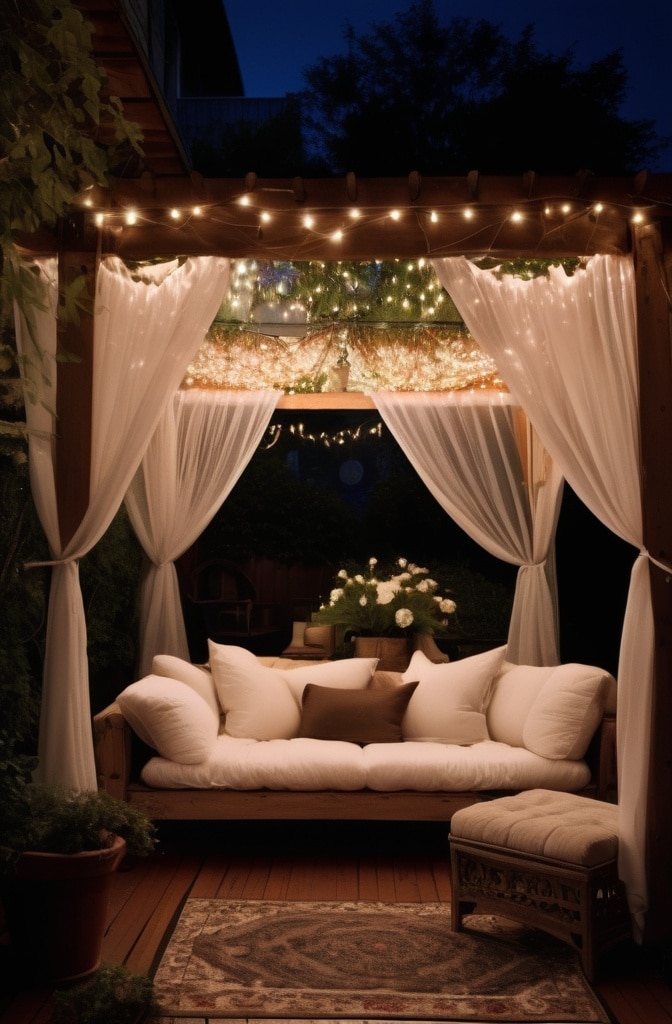
Learning from successful real-world examples provides both inspiration and practical guidance for your own project.
Case Study: The Historic Home
Architect Michael Amory transformed a 1910 craftsman living room using Farrow & Ball’s “Studio Green”:
“The clients wanted to honor the home’s history while making it feel current. The dark green highlightd the original woodwork while creating a backdrop for their modern art collection. We balanced the deep walls with a large seagrass rug, cream upholstery, and brass lighting fixtures.”
Before challenges: Dark woodwork, small windows, outdated fixtures After solutions: Unified color palette, strategic lighting placement, mixture of vintage and contemporary furniture
Case Study: The Urban Apartment
Interior designer Jenna Travis helped clients transform a 650 sq ft rental living room using removable wallpaper in a dark green grasscloth texture:
“Since they couldn’t paint, we used peel-and-stick wallpaper on the main wall, then pulled the green into the space through velvet pillows, artwork, and a stunning vintage rug. The transformation proved dark colors can work in small rentals when used strategically.”
Before challenges: Rental restrictions, small space, limited natural light After solutions: Accent wall rather than full room treatment, multiple light sources, reflective surfaces
Common Challenges and Solutions
Professional designers report these frequent concerns when clients consider dark green—and their proven solutions:
Conclusion
Dark green living rooms offer that rare combination of being both on-trend and timeless. By understanding how to work with this sophisticated hue—through careful color pairings, thoughtful lighting, appropriate furnishings, and seasonal adaptations—you can create a space that feels both daring and livable.
